Home>Home Appliances>Laundry Appliances>How To Unclog A Washing Machine Drain


Laundry Appliances
How To Unclog A Washing Machine Drain
Published: February 21, 2024
Learn how to effectively unclog a washing machine drain with our expert tips and tricks. Keep your laundry appliances running smoothly with our easy-to-follow guide.
(Many of the links in this article redirect to a specific reviewed product. Your purchase of these products through affiliate links helps to generate commission for Storables.com, at no extra cost. Learn more)
Introduction
A clogged washing machine drain can be a major inconvenience, causing water to back up and potentially leading to water damage. Fortunately, with a few simple steps, you can effectively unclog the drain and restore your washing machine's functionality. Whether you're dealing with a partially blocked drain or a complete obstruction, this guide will walk you through the process of unclogging your washing machine drain, allowing you to tackle this common household issue with confidence.
Caring for your washing machine involves more than just cleaning the drum and wiping down the exterior. Over time, debris such as lint, stray fabric, and even small objects can accumulate in the drain, impeding the flow of water and leading to drainage issues. Recognizing the signs of a clogged drain, such as slow drainage or standing water in the machine, is crucial for addressing the problem promptly and preventing potential damage to your appliance.
By following the steps outlined in this guide, you can effectively address a clogged washing machine drain without the need for professional assistance. From locating the drain to utilizing simple tools and techniques, you'll gain the knowledge and skills necessary to tackle this task with ease. With a bit of patience and the right approach, you can restore proper drainage to your washing machine and ensure that it continues to operate efficiently.
As we delve into the process of unclogging a washing machine drain, it's important to approach the task with a methodical mindset and a willingness to troubleshoot. By taking the time to address this issue proactively, you can maintain the optimal performance of your washing machine and extend its lifespan. With the right tools and a clear understanding of the steps involved, you'll be well-equipped to tackle this common maintenance task and keep your laundry routine running smoothly.
Key Takeaways:
- Regularly cleaning the drain filter and inspecting the drain hose can prevent clogs in your washing machine, ensuring smooth water flow and efficient operation. With simple tools and methods, you can maintain your appliance’s performance.
- Using a drain snake to dislodge stubborn clogs and conducting a thorough test after unclogging the drain can restore proper water flow in your washing machine. With patience and attention to detail, you can keep your appliance running smoothly.
Read more: How To Unclog Washer Drain
Tools and Materials Needed
To effectively unclog a washing machine drain, you'll need a few essential tools and materials to facilitate the process. Here's a comprehensive list of what you'll require:
-
Screwdriver: A screwdriver, preferably a Phillips or flat-head, will be necessary for removing the access panel or any screws securing the drain filter.
-
Pliers: Having a pair of pliers on hand can be invaluable for gripping and maneuvering the drain filter, especially if it's stuck due to debris buildup.
-
Bucket: It's essential to have a bucket or a large container to catch any excess water that may spill out during the unclogging process.
-
Cleaning Brush or Cloth: A cleaning brush or cloth will be useful for wiping down the drain filter and removing any accumulated debris.
-
Drain Snake or Pipe Cleaner: A drain snake or pipe cleaner can help dislodge stubborn clogs within the drain hose, allowing for improved water flow.
-
Vinegar and Baking Soda: These common household items can be used to create a natural cleaning solution to help break down and remove buildup within the drain.
-
Rubber Gloves: Wearing rubber gloves is advisable to protect your hands from coming into direct contact with any debris or standing water within the washing machine.
-
Flashlight: A flashlight will aid in illuminating the interior of the washing machine, making it easier to locate the drain and identify any potential obstructions.
By ensuring that you have these tools and materials readily available, you'll be well-prepared to tackle the task of unclogging your washing machine drain effectively. With the right equipment at your disposal, you can approach the process with confidence, knowing that you have everything you need to address the issue and restore proper drainage to your appliance.
Step 1: Locate the Drain
The first step in unclogging a washing machine drain is to locate the drain itself. While this may seem straightforward, the specific location of the drain can vary depending on the make and model of the washing machine. In most cases, the drain is typically found behind an access panel at the front or back of the machine. Some models may feature a removable kick plate at the bottom, providing access to the drain area.
To begin, it's important to unplug the washing machine from the power source to ensure safety during the unclogging process. Once the machine is unplugged, carefully move it away from the wall to create space for accessing the drain. If the machine is a top-loading model, lifting the lid will reveal the location of the drain, while front-loading machines may require the removal of the lower front panel to access the drain area.
Upon locating the drain, it's advisable to use a flashlight to illuminate the interior of the washing machine, making it easier to identify the drain and any potential obstructions. The drain is typically connected to the drain hose, which carries wastewater out of the machine during the drainage cycle. By visually inspecting the drain and surrounding area, you can gain a better understanding of the condition of the drain and assess whether there are any visible signs of blockage or buildup.
In some cases, the drain may be equipped with a removable filter or trap that serves to capture debris and prevent it from entering the drain hose. This filter is designed to be easily accessible for regular maintenance and cleaning. However, if the filter is obscured or difficult to locate, referring to the washing machine's user manual can provide valuable guidance on the specific location of the drain and filter.
By taking the time to locate the drain and familiarize yourself with its position within the washing machine, you'll be better prepared to proceed with the unclogging process. This initial step sets the stage for effectively addressing any potential blockages and ensuring that the drain is clear and free-flowing, ultimately restoring proper drainage to your washing machine.
With the drain identified and the necessary preparations in place, you can confidently move on to the subsequent steps in the unclogging process, equipped with a clear understanding of the washing machine's internal components and the location of the drain.
Step 2: Remove the Drain Filter
With the location of the drain identified and the necessary tools at hand, the next crucial step in unclogging a washing machine drain is to remove the drain filter. The drain filter, also known as the lint trap or coin trap, serves as a protective barrier, capturing lint, debris, and small objects to prevent them from entering the drain hose. Over time, this filter can become clogged with accumulated debris, impeding water flow and leading to drainage issues. By removing and cleaning the drain filter, you can effectively address potential blockages and restore optimal drainage to your washing machine.
To begin, it's essential to ensure that the washing machine is unplugged from the power source to prevent any electrical hazards during the maintenance process. With safety in mind, carefully access the drain area, which may be located behind an access panel at the front or back of the machine, or behind a removable kick plate at the bottom, depending on the machine's design.
Using a screwdriver, remove any screws securing the access panel or kick plate to gain clear access to the drain area. Once the panel or kick plate is removed, the drain filter should be visible. In some models, the filter may be equipped with a handle or knob for easy removal, while others may require the use of pliers to carefully grip and unscrew the filter. It's important to approach this step with caution, as the filter may be tightly secured or obstructed by debris.
Upon successfully removing the drain filter, place a bucket or large container beneath the filter location to catch any residual water that may spill out. This step is crucial, as the filter may contain standing water and debris that have accumulated over time. With the bucket in place, carefully pull out the filter and inspect it for any visible debris or blockages. The filter can be cleaned using a combination of a cleaning brush or cloth to dislodge and remove accumulated lint and debris.
By thoroughly cleaning the drain filter and ensuring that it is free from any obstructions, you can effectively address one of the primary sources of potential drainage issues in your washing machine. Once the filter is clean and free of debris, carefully reinsert it into its original position, ensuring that it is securely fastened. With the drain filter successfully removed, cleaned, and reinstalled, you have taken a significant step towards restoring proper drainage to your washing machine.
With the drain filter removed and cleaned, you are now ready to proceed to the next steps in the unclogging process, equipped with a clear understanding of the internal components of your washing machine and the necessary maintenance steps to address potential blockages effectively.
To unclog a washing machine drain, start by removing any visible debris from the drain filter. Then, use a plumbing snake or a wire hanger to remove any clogs deeper in the drain. Finally, run a cycle with hot water and vinegar to help clear out any remaining buildup.
Step 3: Clean the Drain Filter
Once the drain filter has been successfully removed from the washing machine, the next critical step is to thoroughly clean the filter to ensure optimal functionality. Over time, the drain filter can become clogged with lint, fabric residues, and other debris, impeding water flow and leading to drainage issues. By meticulously cleaning the filter, you can effectively address potential blockages and restore proper drainage to your washing machine.
Begin by inspecting the removed drain filter for any visible debris or obstructions. It's common for the filter to accumulate a significant amount of lint and debris, especially if regular maintenance has been neglected. Using a cleaning brush or cloth, carefully dislodge and remove the accumulated debris from the filter. It's essential to be thorough in this process, ensuring that the filter is completely free from any obstructions that could hinder water flow.
For stubborn debris or hardened residues, a combination of vinegar and baking soda can be used to create a natural cleaning solution. Start by sprinkling baking soda onto the filter, followed by a generous pour of vinegar. The resulting chemical reaction will help break down and dissolve stubborn buildup, making it easier to remove. Allow the solution to fizz and work its magic for a few minutes before using the cleaning brush or cloth to scrub the filter thoroughly.
Once the filter has been meticulously cleaned and all debris has been removed, rinse it under running water to ensure that it is completely free from any cleaning solution or residual debris. This step is crucial to prevent any leftover residue from entering the washing machine and potentially causing further issues. After rinsing, carefully inspect the filter to confirm that it is clean and free from any remaining debris.
With the drain filter now clean and free from obstructions, carefully reinsert it into its original position within the washing machine. Ensure that the filter is securely fastened, and any screws or fasteners are tightened to prevent any potential leaks or loose connections. By completing this step, you have effectively addressed one of the primary sources of potential drainage issues in your washing machine, setting the stage for improved functionality and performance.
With the drain filter successfully cleaned and reinstalled, you are now prepared to proceed to the subsequent steps in the unclogging process, equipped with a clear understanding of the essential maintenance tasks required to restore proper drainage to your washing machine.
Step 4: Check the Drain Hose
After addressing the drain filter, the next crucial step in unclogging a washing machine drain is to thoroughly inspect the drain hose for any potential blockages or obstructions. The drain hose serves as the conduit through which wastewater flows out of the washing machine during the drainage cycle. Over time, the hose can become clogged with lint, debris, or even small objects, impeding the smooth flow of water and leading to drainage issues. By carefully checking the drain hose, you can identify and address any potential blockages, ensuring that the drainage system functions optimally.
To begin, it's essential to locate the drain hose, which is typically connected to the washing machine's drain pump and extends to a drainage point, such as a utility sink, standpipe, or wall outlet. The hose may be secured in place with clamps or fasteners, and it's important to carefully inspect the entire length of the hose for any visible signs of blockage or damage. If the hose is kinked, crushed, or twisted, it can impede water flow and lead to drainage issues, necessitating corrective action.
Using a flashlight to illuminate the area, visually inspect the drain hose for any accumulated debris, such as lint, fabric residues, or foreign objects that may have inadvertently entered the hose. It's important to approach this step with thoroughness, as even small obstructions can significantly impact the functionality of the drainage system. If the hose is visibly clogged, it may require manual intervention to dislodge and remove the blockage effectively.
In cases where the drain hose is severely clogged or obstructed, a drain snake or pipe cleaner can be utilized to dislodge the debris and restore proper water flow. Carefully insert the drain snake into the hose, maneuvering it to break up and dislodge any accumulated debris. By gently working the snake through the hose, you can effectively clear blockages and restore unimpeded water flow.
Additionally, it's advisable to check the point where the drain hose connects to the drainage point, ensuring that it is securely fastened and free from any potential leaks or loose connections. Any loose fittings or damaged sections of the hose should be promptly addressed to prevent future drainage issues and maintain the integrity of the drainage system.
By meticulously checking the drain hose for blockages and ensuring that it is free from any obstructions, you can effectively address one of the primary sources of potential drainage issues in your washing machine. With the drain hose thoroughly inspected and any blockages cleared, you have taken a significant step towards restoring optimal drainage and ensuring the continued functionality of your washing machine.
With the drain hose checked and any potential blockages addressed, you are now prepared to proceed to the subsequent steps in the unclogging process, equipped with a clear understanding of the essential maintenance tasks required to restore proper drainage to your washing machine.
Step 5: Use a Drain Snake
In cases where the washing machine drain remains clogged despite cleaning the filter and inspecting the drain hose, utilizing a drain snake can be an effective solution to dislodge stubborn blockages and restore proper water flow. A drain snake, also known as a plumber's snake or auger, is a flexible tool designed to navigate through pipes and hoses, effectively breaking up and removing debris that may be obstructing the drainage system.
To begin, it's essential to select a drain snake that is suitable for the diameter of the washing machine drain hose. A standard handheld drain snake typically features a coiled wire or cable with a corkscrew-like tip, allowing it to navigate through tight spaces and dislodge blockages. Additionally, there are motorized drain snakes available that provide added power and efficiency in breaking up stubborn clogs.
Carefully insert the drain snake into the washing machine drain hose, maneuvering it through the length of the hose to target and dislodge any accumulated debris. It's important to work the snake gently and methodically, avoiding excessive force that could potentially damage the hose or exacerbate the blockage. By slowly feeding the snake into the hose and rotating it as necessary, you can effectively navigate through the system and address the source of the clog.
As the drain snake encounters resistance, it's indicative of the presence of a blockage, and gentle maneuvering can help break up the debris and restore unimpeded water flow. If using a motorized drain snake, follow the manufacturer's instructions for safe and effective operation, ensuring that the tool is utilized with precision and care.
Once the drain snake has been maneuvered through the entire length of the hose and any blockages have been addressed, carefully retract the snake from the hose, taking care to avoid dislodging any debris back into the system. With the blockage effectively dislodged, the washing machine drain should now be clear, allowing for improved water flow and optimal drainage during the machine's operation.
By utilizing a drain snake to address stubborn clogs within the washing machine drain hose, you can effectively restore proper water flow and ensure the continued functionality of your appliance. With the blockage successfully addressed, the washing machine is now poised to operate with improved efficiency, allowing you to resume your laundry routine without the hindrance of drainage issues.
Step 6: Test the Washing Machine
After completing the necessary steps to unclog the washing machine drain, it's crucial to perform a comprehensive test to ensure that the drainage issues have been effectively addressed. Testing the washing machine allows you to verify that water is flowing freely through the drain system and that the appliance is operating as intended. By conducting a thorough test, you can gain confidence in the functionality of the washing machine and identify any lingering issues that may require further attention.
To begin the testing process, plug the washing machine back into the power source and carefully move it back into its original position. With the machine in place, proceed to run a short wash cycle with a small load of laundry. It's important to select a cycle that includes a drainage phase, allowing you to observe the flow of water through the drain system.
As the washing machine begins the cycle, pay close attention to the drainage process, monitoring the flow of water from the machine into the drain hose and ultimately out of the appliance. Observe the drainage point, such as a utility sink or standpipe, to ensure that water is being expelled from the machine without any signs of backup or overflow. Additionally, listen for any unusual sounds or vibrations that may indicate ongoing drainage issues.
Throughout the wash cycle, keep an eye on the washing machine to confirm that it completes the drainage phase without any interruptions or delays. Verify that the water is being expelled efficiently and that the machine transitions to the subsequent stages of the cycle without complications. By closely monitoring the entire wash cycle, you can gain valuable insights into the effectiveness of the unclogging process and the overall functionality of the washing machine.
Upon completion of the test cycle, inspect the area around the washing machine and the drainage point for any signs of water leakage or residual moisture. Any unexpected leaks or standing water may indicate ongoing drainage issues that require further investigation and potential remediation.
By conducting a comprehensive test of the washing machine, you can confirm that the unclogging process has been successful and that the appliance is operating with restored functionality. With proper drainage restored, you can have confidence in the continued performance of your washing machine, allowing you to carry out your laundry tasks without the concern of drainage issues impacting the appliance's operation.
Frequently Asked Questions about How To Unclog A Washing Machine Drain
Was this page helpful?
At Storables.com, we guarantee accurate and reliable information. Our content, validated by Expert Board Contributors, is crafted following stringent Editorial Policies. We're committed to providing you with well-researched, expert-backed insights for all your informational needs.
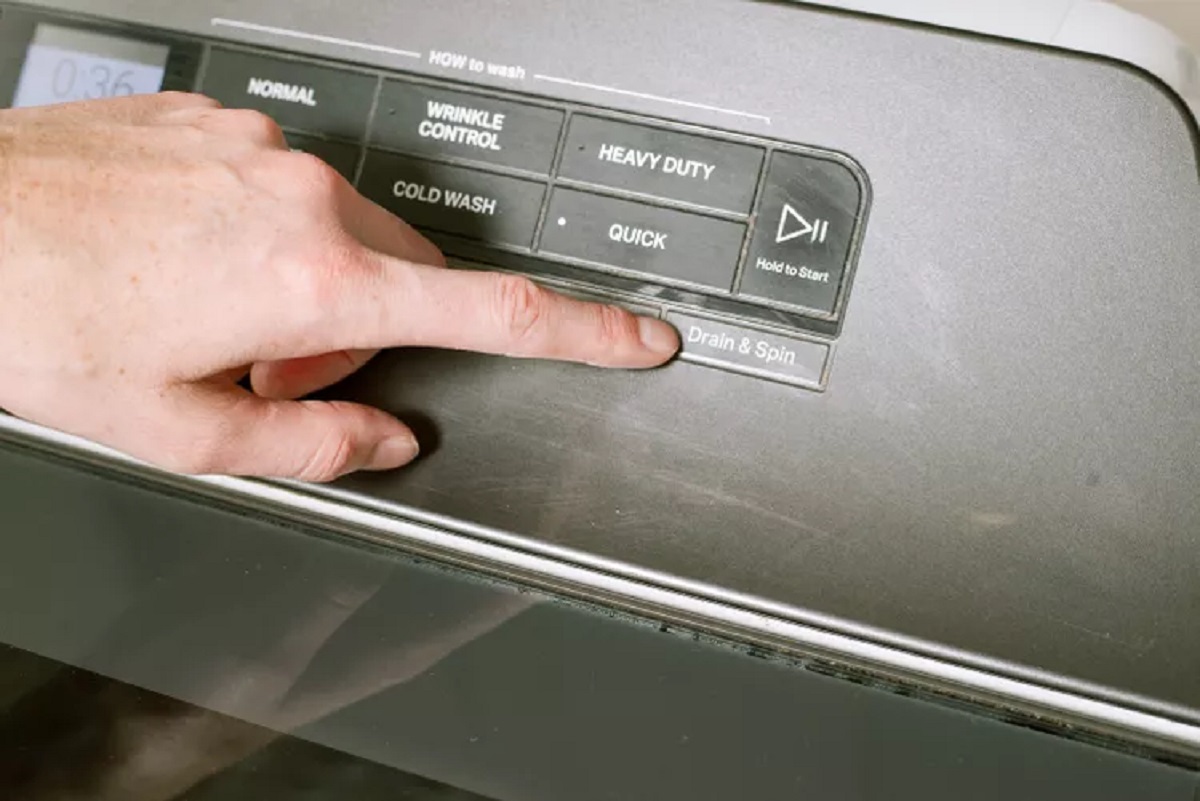
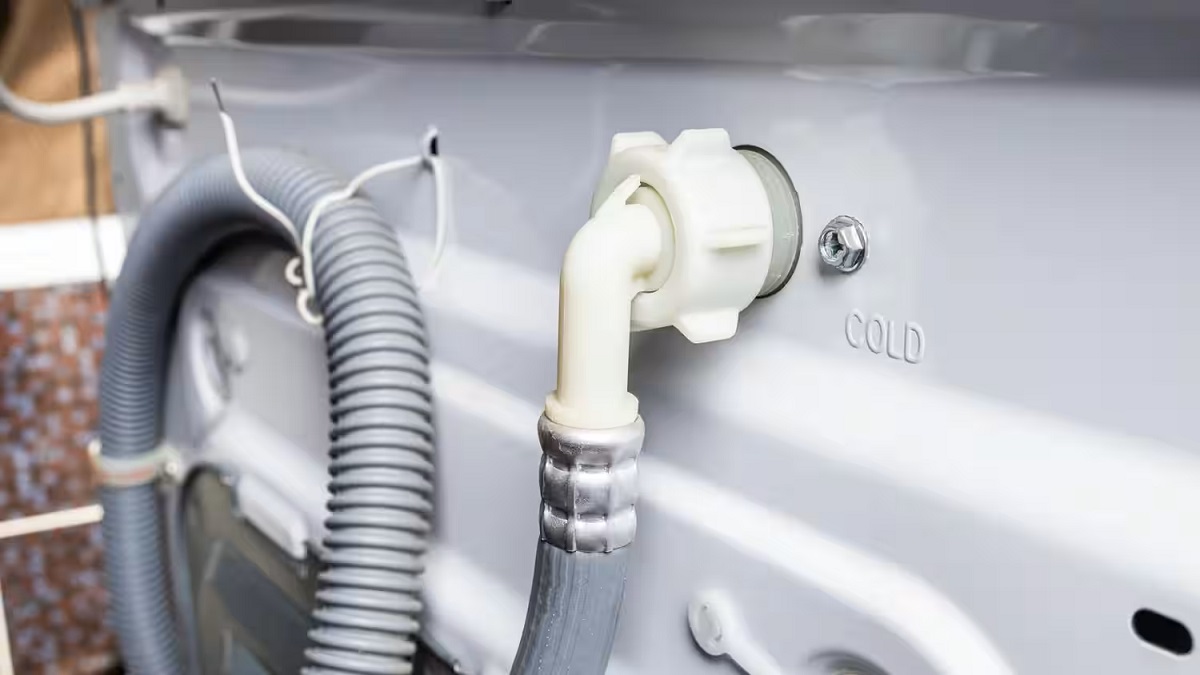


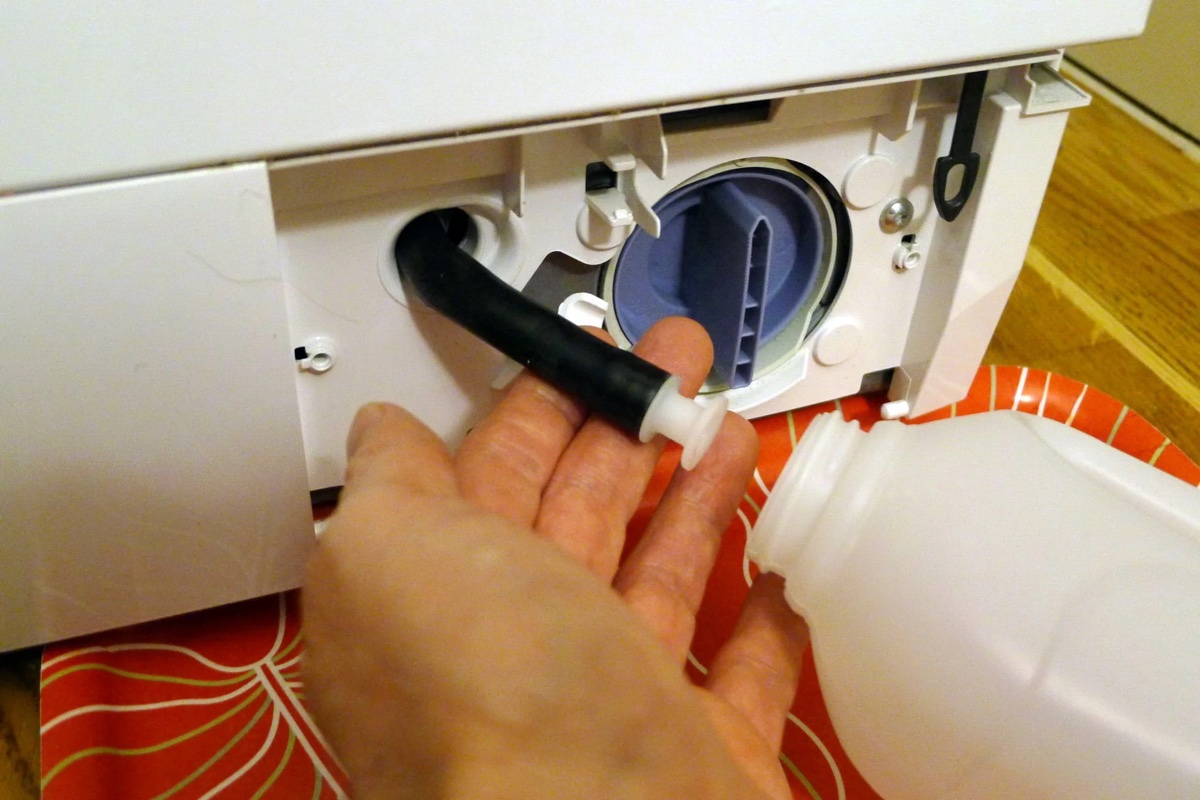
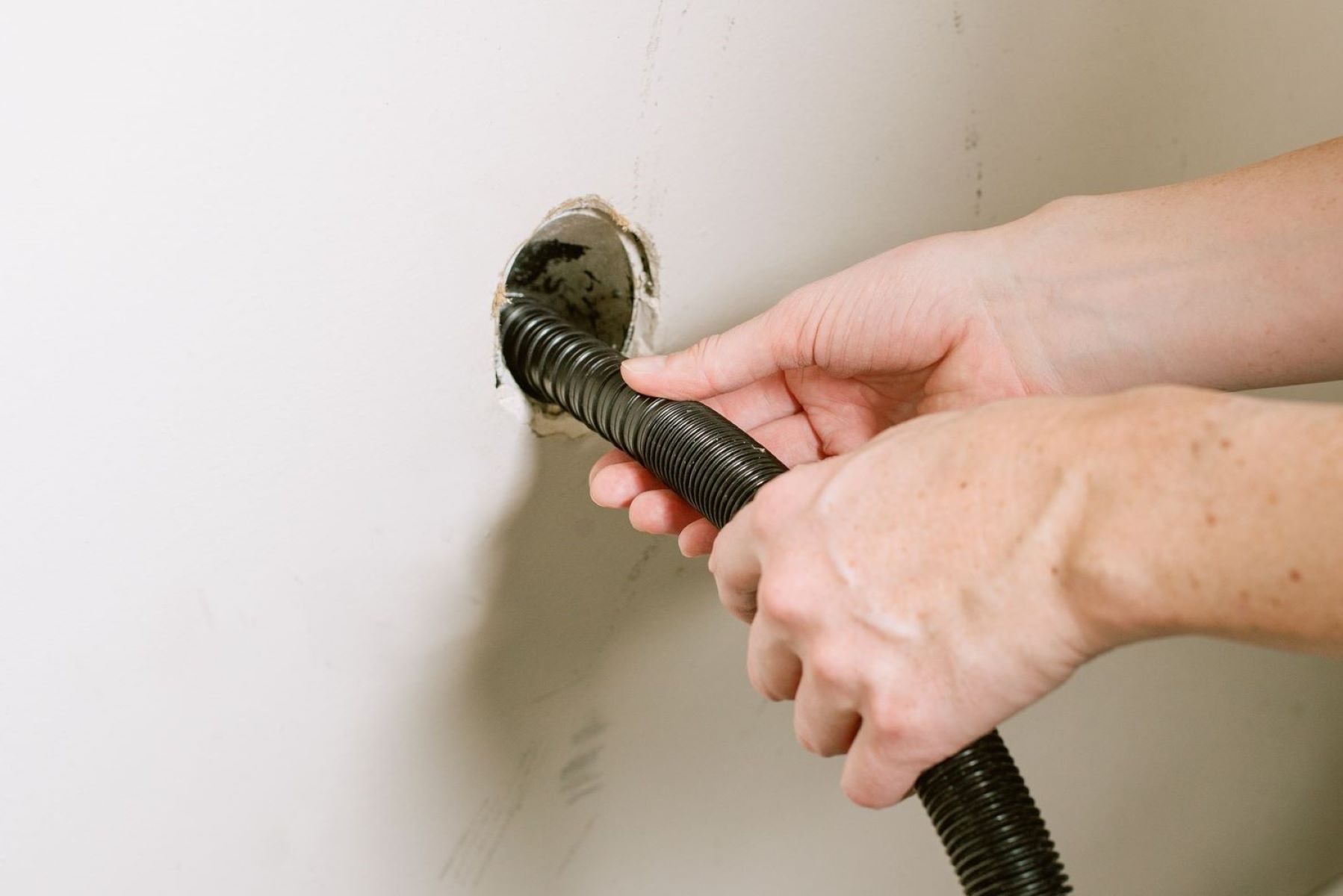
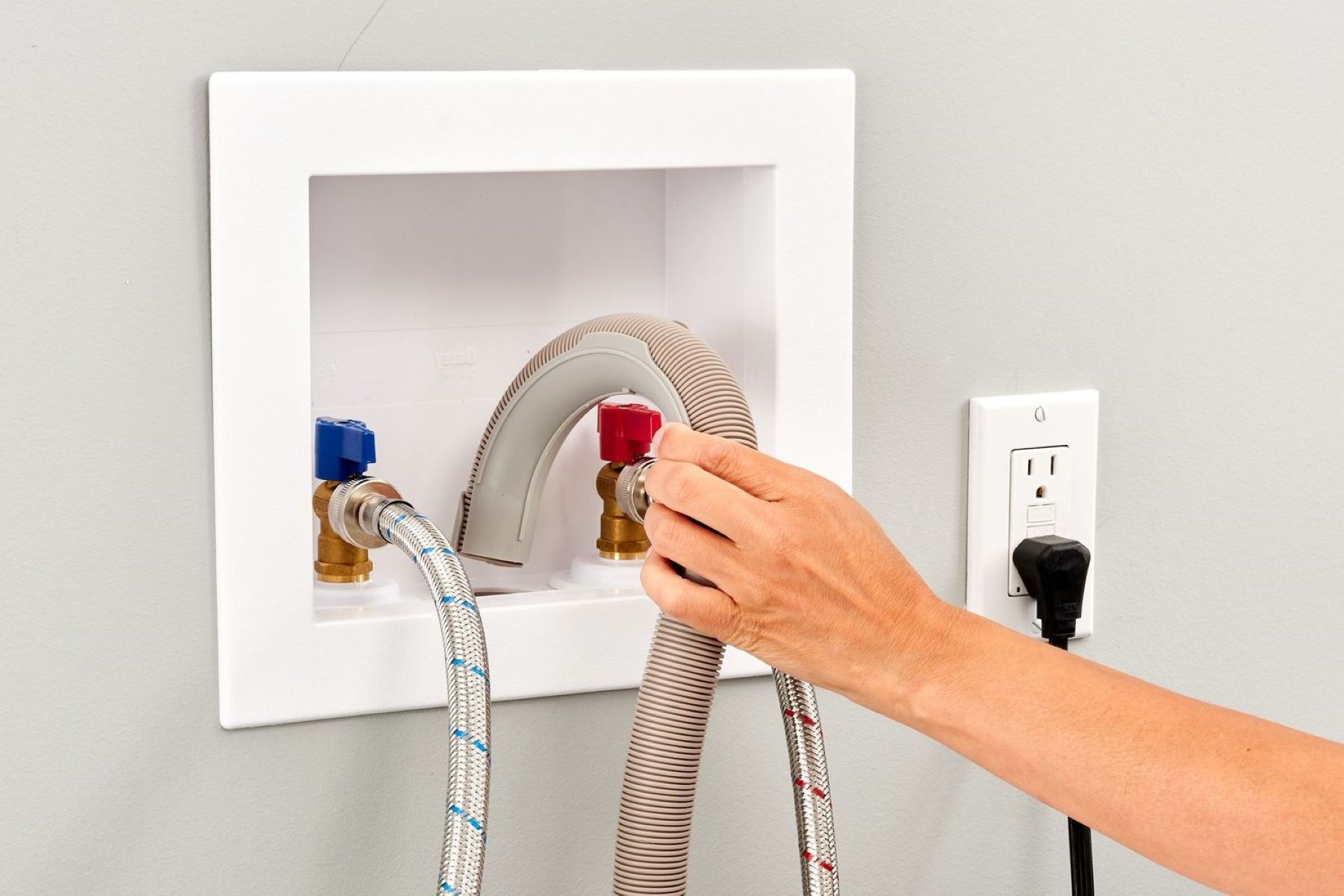
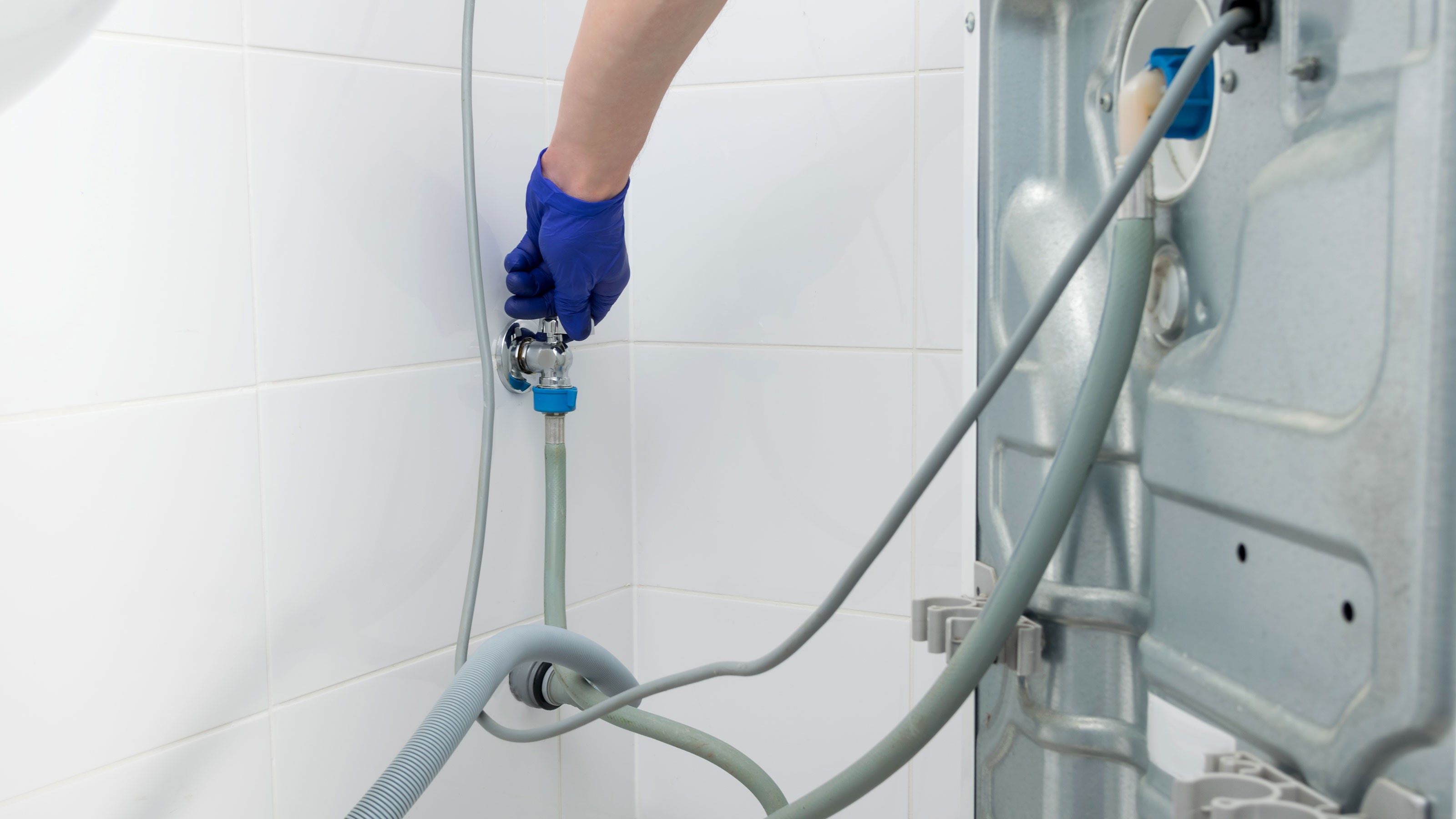
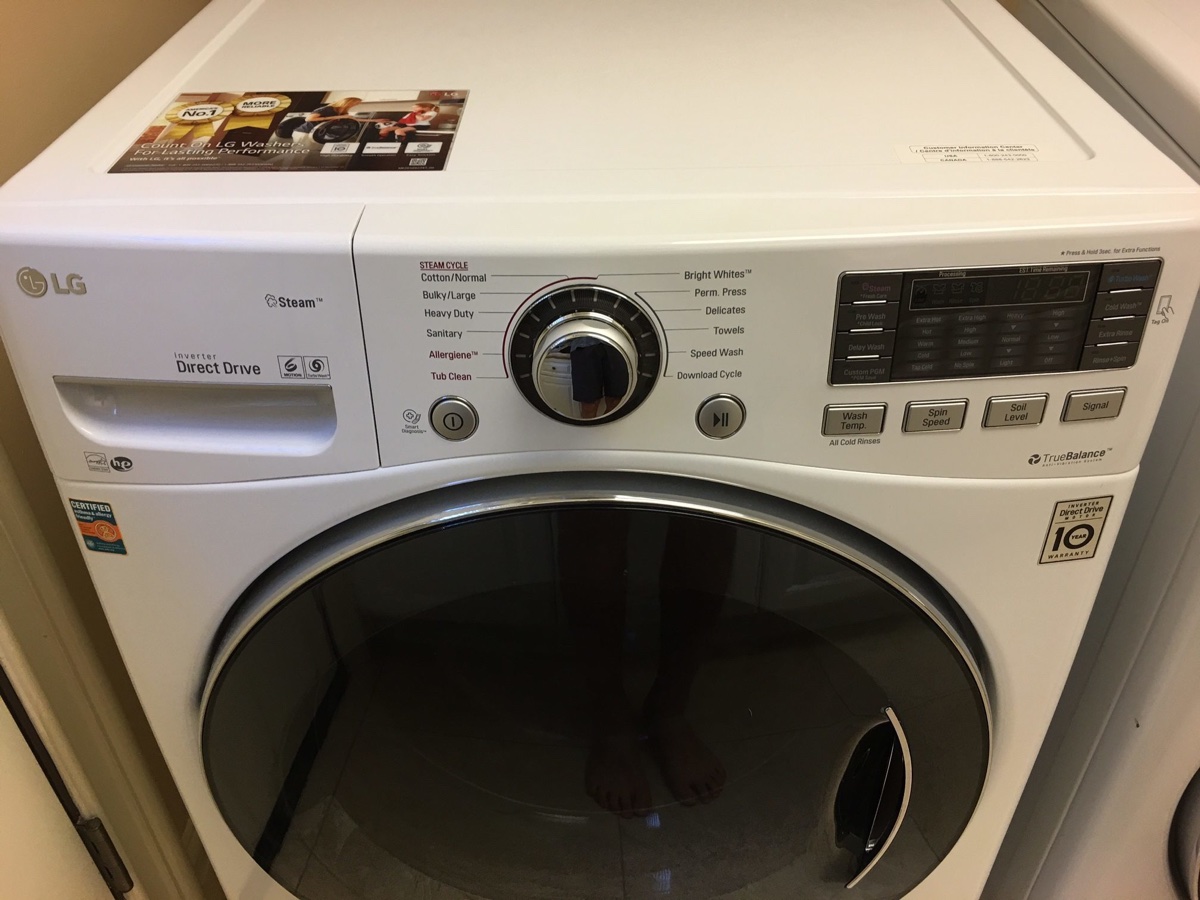
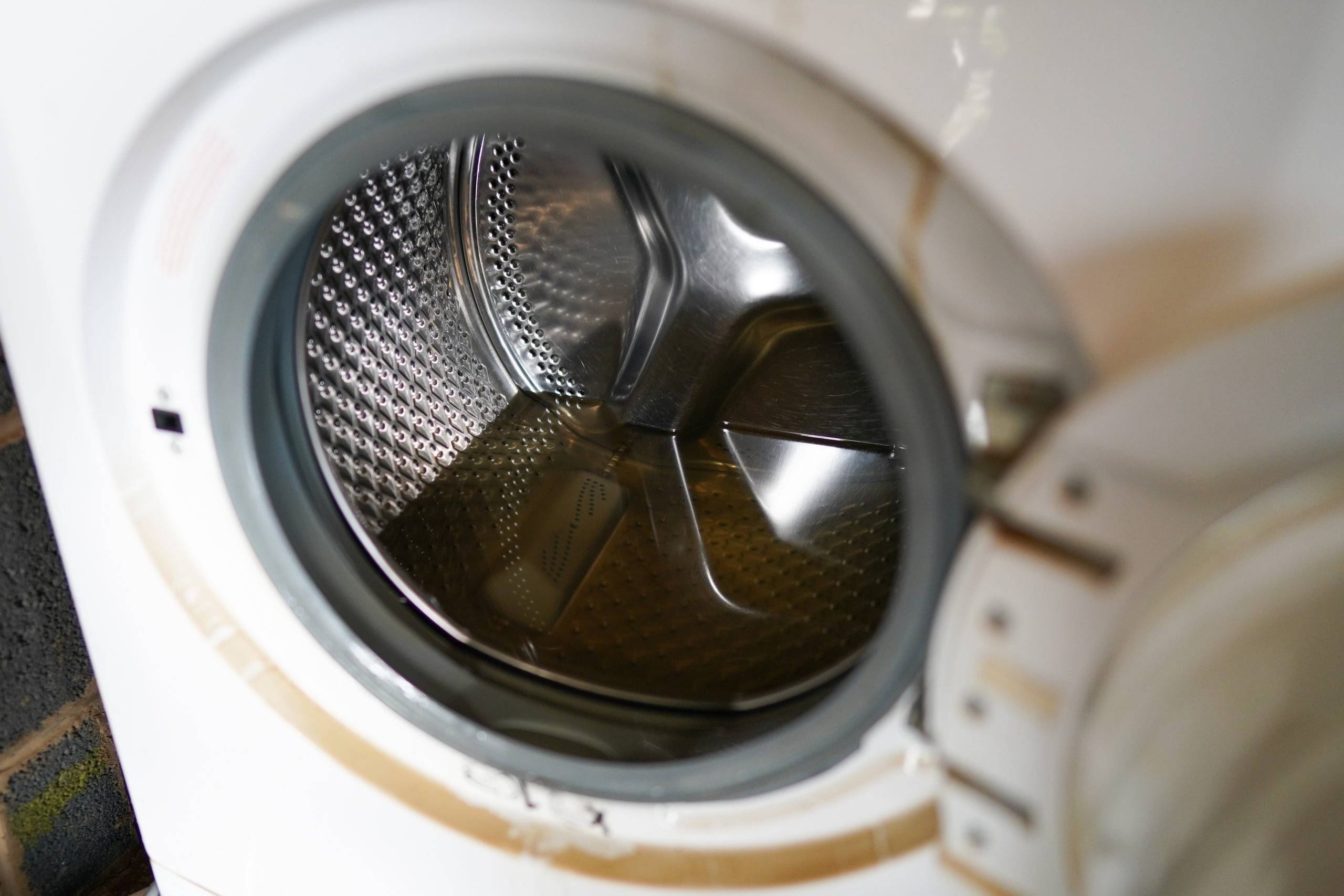
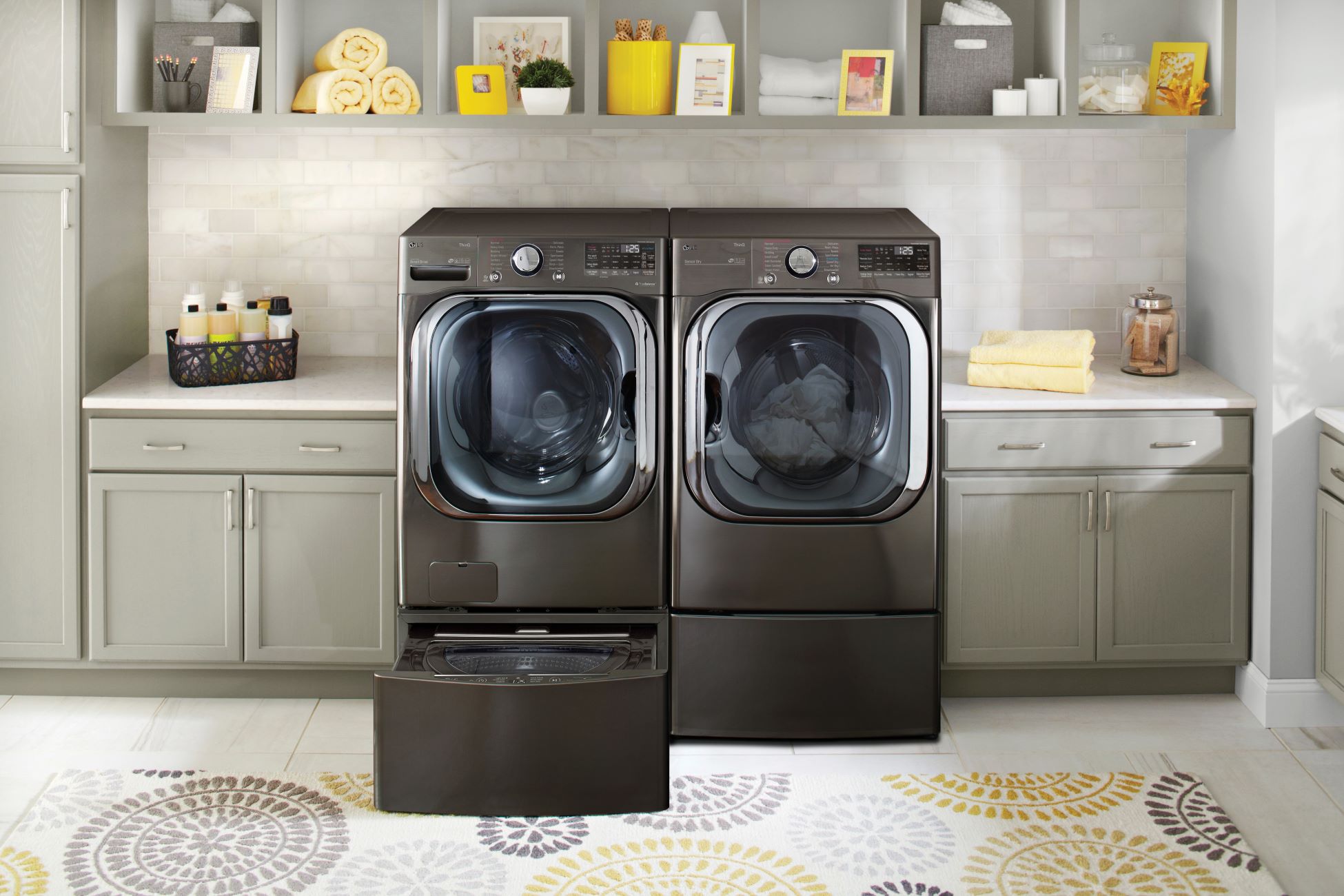

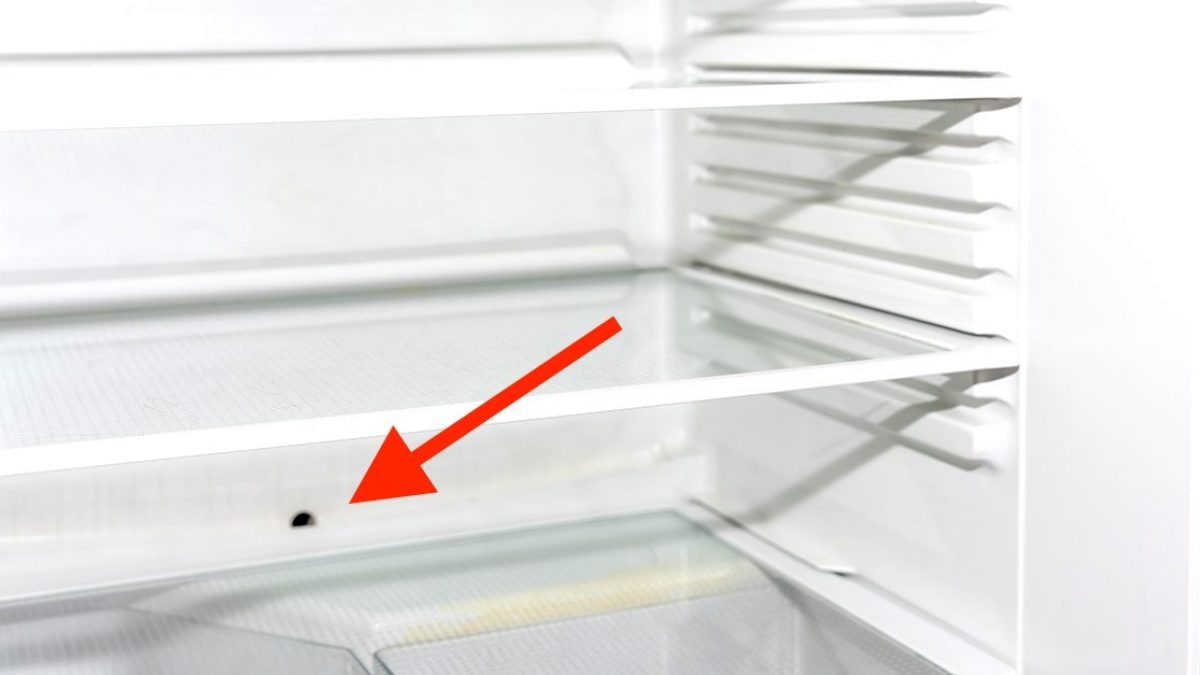
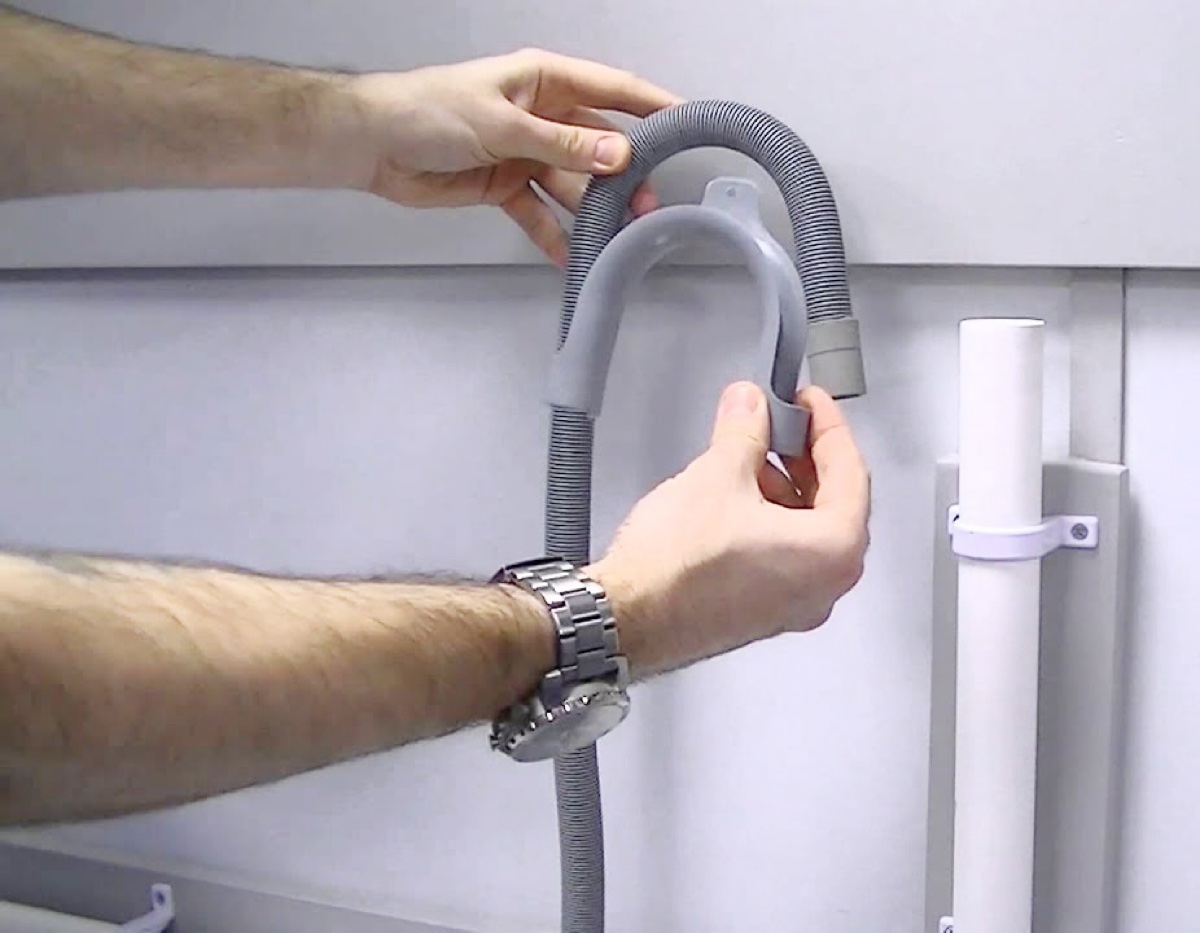

0 thoughts on “How To Unclog A Washing Machine Drain”